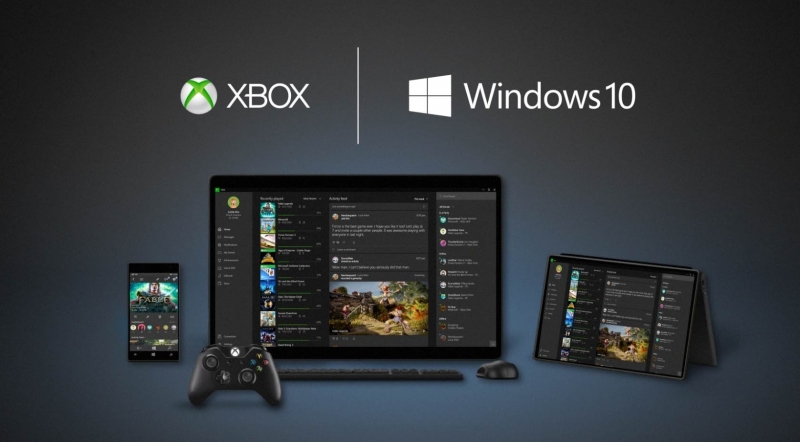Microsoft has quietly updated their Windows 10 Services Agreement so that the company could theoretically prevent users from playing "counterfeit games" or using "unauthorized hardware peripheral devices."
The Services Agreement is a secondary user agreement that Microsoft makes you digitally sign in order to access some of Windows 10's included applications and services, such as Skype and Xbox. The recent updates to the Agreement concern section 7b, which now states:
Sometimes you'll need software updates to keep using the Services. We may automatically check your version of the software and download software updates or configuration changes, including those that prevent you from accessing the Services, playing counterfeit games, or using unauthorized hardware peripheral devices.
This new addition to the Agreement theoretically allows Microsoft to stop users accessing pirated copies of games in Windows 10. Microsoft could implement a scanner in one of their Windows 10 services that checks for pirated games on a regular basis, and prevents them from launching when detected.
But as The Verge notes, it's unlikely that Microsoft would actually implement this sort of piracy protection in Windows 10. Detecting whether games installed on a system are pirated or not is a complex process, and if the OS was constantly scanning what apps are installed, users would complain about having their privacy invaded.
What's more likely is that Microsoft will prevent users from running pirated games with integrated Xbox services that should have been bought through the Windows Store. This would be similar to how Steam uses DRM to help stop the piracy of games in its store, and how you can't just copy an Xbox One game's disc and expect it to work in another console.
Still, the discovery of this clause in the Services Agreement isn't great news for Microsoft and Windows 10, both of which have already been criticized over a range of privacy issues. Some of the most widespread complaints involve Windows 10's Wi-Fi Sense feature, and how Windows Updates are now distributed through a peer-to-peer network.
